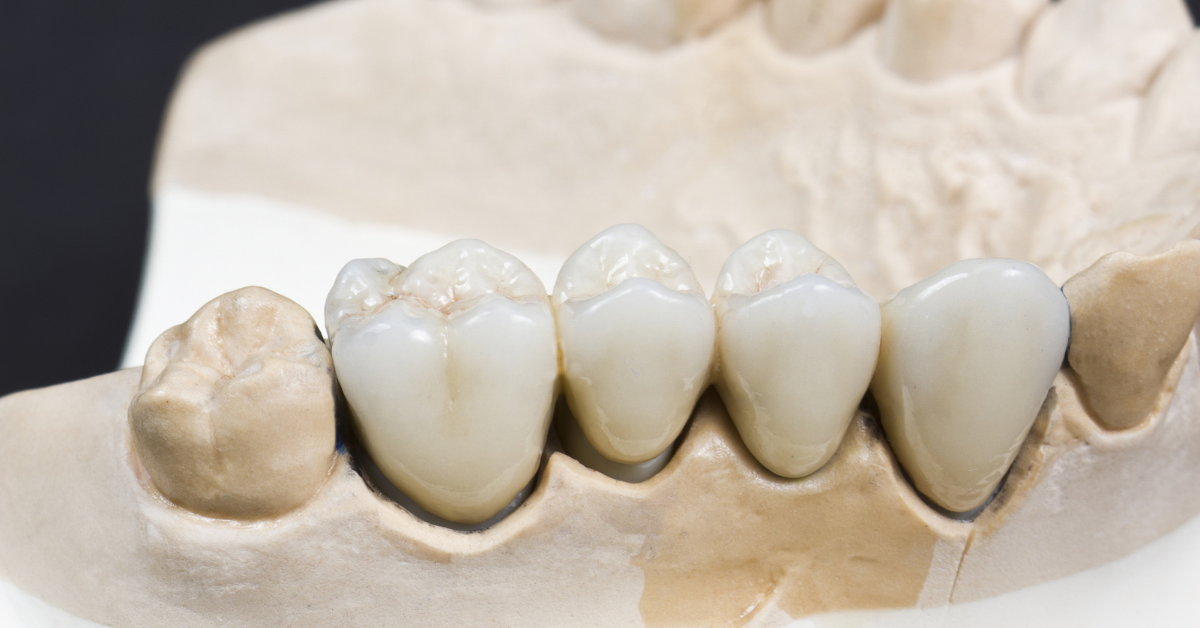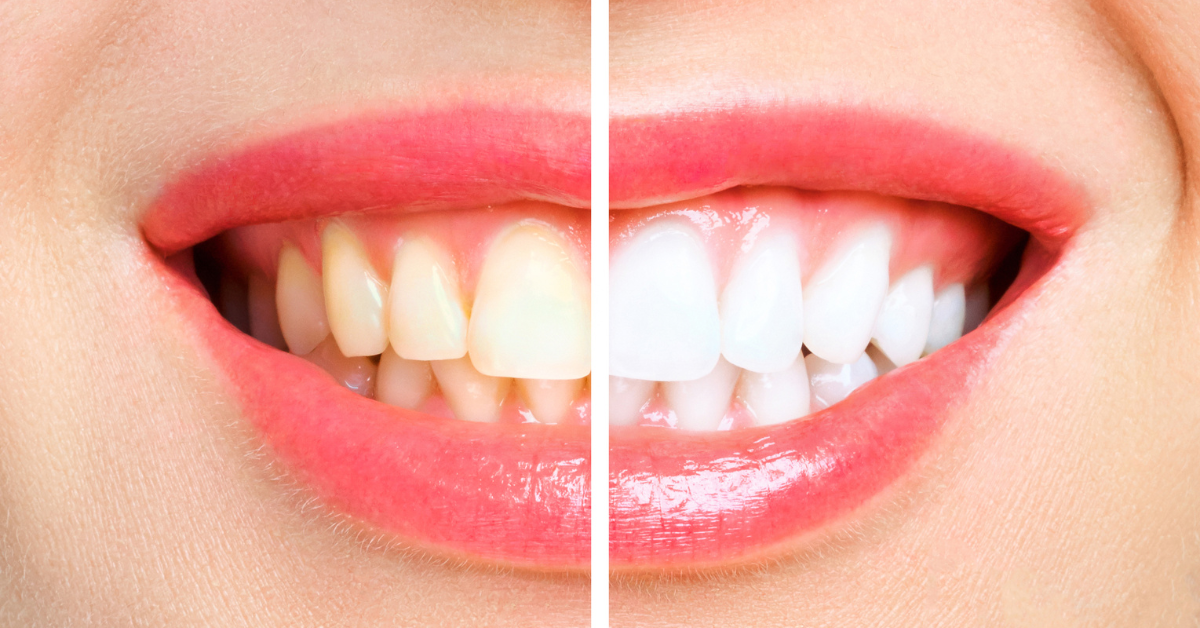Dental bridges have become a popular tooth replacement option, offering a durable and aesthetically pleasing solution for missing teeth. However, questions often arise regarding the longevity of dental bridges and the possibility of removal and recementation. Understanding the factors influencing bridge removal and recementation can help individuals make informed decisions about their dental care.
Reasons for Dental Bridge Removal
Several factors may necessitate the removal of a dental bridge:
Bridge Damage or Failure: If the bridge itself sustains damage, such as a broken crown or loose abutment, it may need to be removed for repair or replacement.
Decay under the Bridge: Tooth decay can develop under the crowns that support the bridge, leading to infection and the need for bridge removal to access and treat the affected teeth.
Periodontal Disease: Gum disease, or periodontitis, can weaken the supporting bone and ligaments, compromising the stability of the bridge and necessitating its removal.
Aligning Teeth for Orthodontic Treatment: If orthodontic treatment is planned to align the teeth, the bridge may need to be removed to allow for tooth movement.
Possibility of Recementation
The possibility of recementing a dental bridge depends on the reason for its removal and the condition of the bridge and supporting teeth:
Loose or Ill-Fitting Bridges: If the bridge is loose or ill-fitting due to minor issues, it can often be removed, cleaned, and recemented without the need for replacement.
Damaged Bridges: Bridges with significant damage, such as broken crowns or extensive decay, may not be suitable for recementation and may require replacement.
Underlying Dental Issues: If bridge removal was necessary due to underlying dental problems, such as decay or gum disease, these issues must be addressed before recementation can be considered.
Considerations for Recementation
When considering recementation, factors such as the age of the bridge, the overall health of the supporting teeth, and the patient’s oral hygiene habits should be taken into account. A thorough dental examination is crucial to determine the feasibility of recementation and assess the long-term prognosis of the bridge.
Preventing Bridge Removal
To minimize the risk of bridge removal and prolong its lifespan, consider these preventive measures:
Maintain Good Oral Hygiene: Practice regular brushing and flossing to remove plaque and bacteria, preventing decay and gum disease that can compromise the bridge.
Avoid Hard Foods: Avoid biting into hard or sticky foods, as these can damage the bridge or the supporting teeth.
Schedule Regular Dental Checkups: Visit your dentist for regular checkups and cleanings to monitor the bridge’s condition and address any potential issues early on.
Conclusion
Dental bridges can be removed and recemented in certain situations, but this decision should be made in consultation with a qualified dentist. By understanding the factors influencing bridge removal and recementation, and following preventive measures, individuals can maintain the integrity of their dental bridges and enjoy the benefits of a restored smile. Please find the dental office near you in these locations: Attleboro, Chelmsford, Hyde Park, Jamaica Plain, Lynn, Manchester, Methuen, Roslindale, Taunton.




